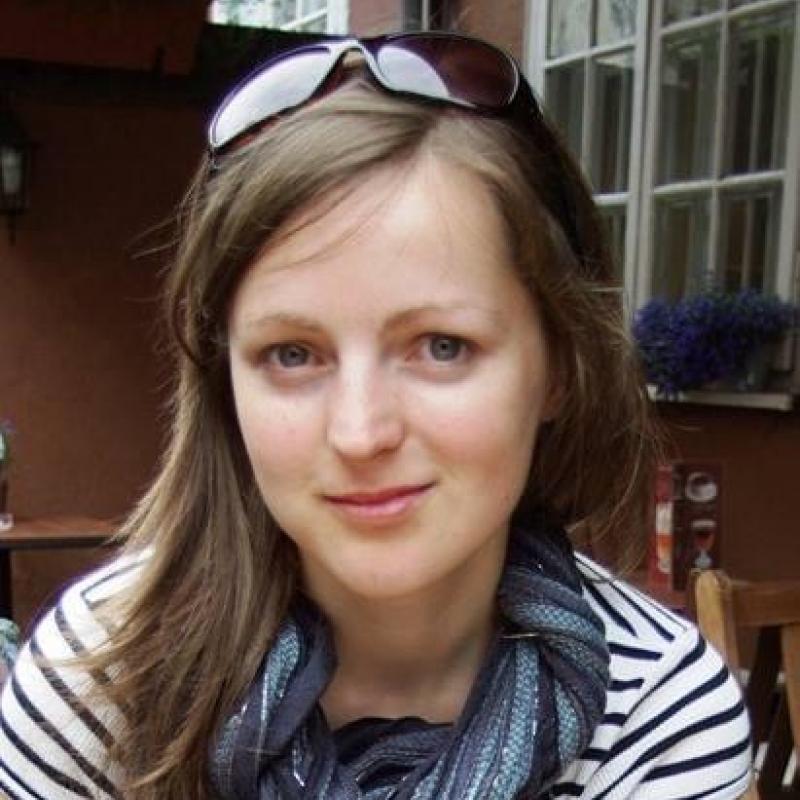Experienced international consultant in evaluation, agriculture, environment, research, technology and innovation. Throughout 15+ years of my career I've been collaborating with various clients on the efficient acquisition and delivery of financial instruments targeting investments in food, agriculture and environment sectors around the world. These included various international agencies (such as the EU, IFAD, FAO), non-governmental organizations and private sector companies. As an evaluator, I gained experience in working with rural communities and decision makers at all administrative levels. Addressing development challenges through building capacities of stakeholders, MEL and participatory approaches are at heart of my practice. I like to seek out of the box solutions for complex problems and connecting the dots.
My contributions
A ToC typically records the causal linkages between a chain of activities, results, outcomes and impacts, underpinned by their underlying assumptions. This type of framework is often developed at the design stage of an intervention and followed throughout its implementation.
As projects and programmes are implemented in real life, with all its complexity, the ToC needs to be reviewed on a regular basis. This can be particularly important when interventions come up against unexpected challenges, such as the outbreak of COVID-19, civil unrest, price fluctuations or natural disasters. Evaluators can incorporate any such factors into the ToC review process and
MEL provides a helpful framework and tools to accompany the implementation of targeted interventions, with a view to improving agricultural sustainability.
The MEL system fosters continuous evaluation and learning, which enables the adaptive management of transformational projects. It requires a systematic effort to measure implementation progress and simultaneously enhance continuous and real-time learning among those involved, be they farmers and other rural dwellers, civil society representatives, researchers, policymakers or evaluation practitioners. It builds on a variety of tools, approaches and indicators to assess results, integrate lessons and improve impact. It thus supports improvements in project performance.[1]
Yet, the

Anna Maria Augustyn
International consultantDear Muriel and Colleagues,
Thank you for the questions and insights. I’d like to share some experiences I made while working on a large database (thousands of projects) from which a portfolio had to be extracted for the impact evaluation. The methodology utilized machine learning algorithms, a branch of AI.
The approach was two-fold: 1) a machine learning algorithm was developed by the experts, and 2) a semi-manual search was performed. In the first case, the portfolio turned out to be smaller than expected, but the projects were very precise and on the topic of interest. Yet, the portfolio was too small to make robust statistics out of it. In the second approach, the portfolio was much bigger but many projects had to be removed from the dataset as they were marginally correspondent to the topic of interest. An expert guidance was needed to define the keywords and refine the portfolio and a programming expert to develop a customized application. Subsequent activities proved to be very fruitful with using language-based processing of the projects and available evidence on the web (web-scrapping, incl. social media).
The following methodology challenges could be observed:
To conclude, I found AI very useful there where large datasets and portfolios were available for the analysis, and where the web data was abundant. It can help greatly, but at the same time requires a good quality assurance as well as dedicated expertise.
I am concerned about the privacy and security in using AI. It is already difficult to harmonize the approach in the international cooperation, especially with projects from different donors and legal systems at the international and national or even institutional levels. But we should give it a try!
Best wishes,
Anna Maria Augustyn